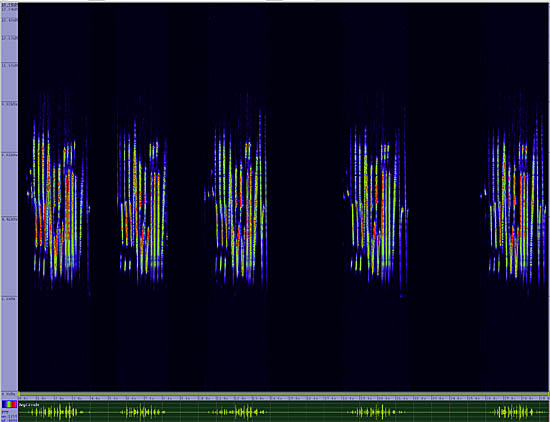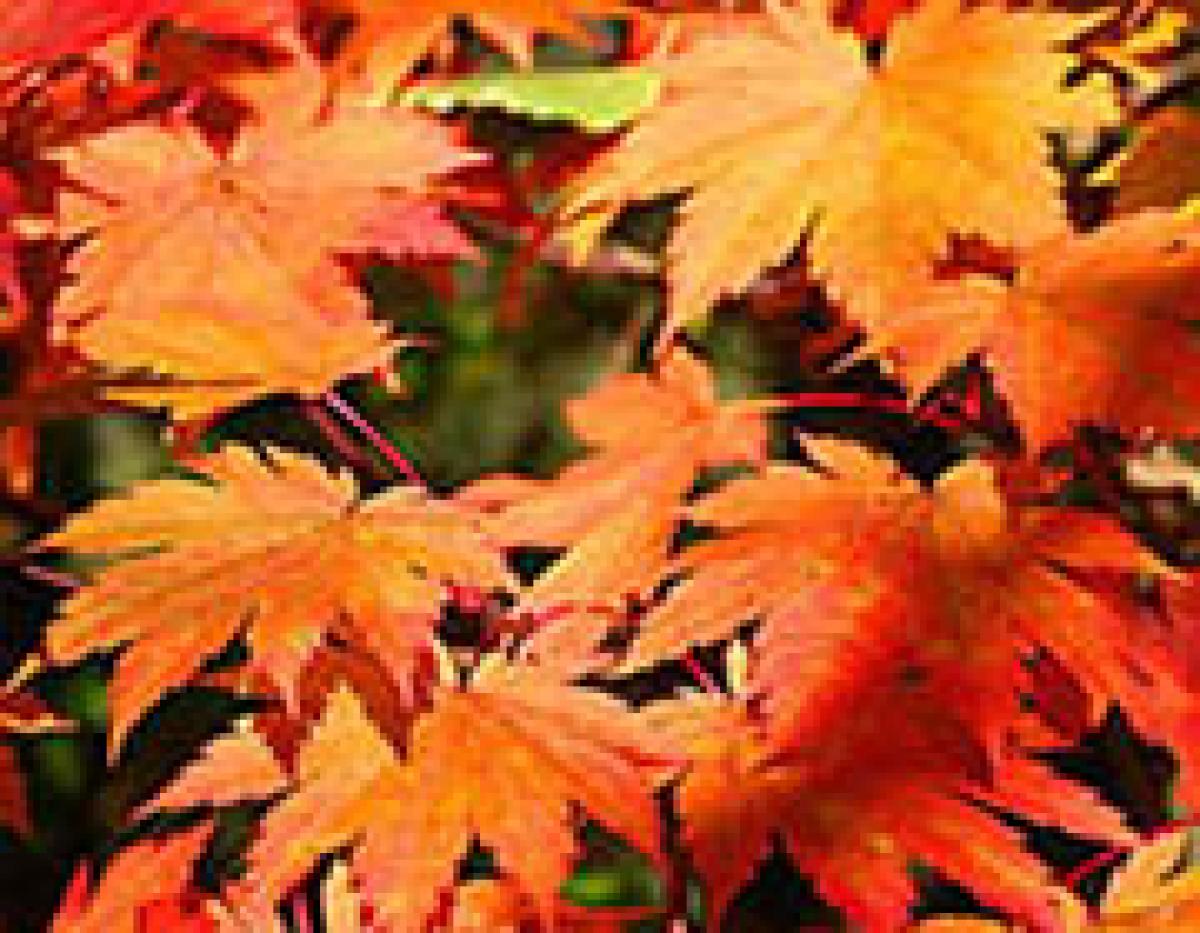Indigo Bunting
Passerina cyanea

Perching

Length: 6 in. (14 cm )
During the summer, the Indigo Bunting inhabits the tops of trees on forest edges in the east and riparian areas in the west. In the winter it often forms flocks that are found in weedy fields and shrubby areas. The male\'s song is frequently given in flight, and the cup-like nest is woven from grass, feathers and stems and placed at mid levels in dense vegetation. \r\n\r\n
The four-digit banding code is INBU.
Bibliographic details:
- Article: Indigo Bunting
- Author(s): Dr. Biology
- Publisher: Arizona State University School of Life Sciences Ask A Biologist
- Site name: ASU - Ask A Biologist
- Date published: 13 Jul, 2017
- Date accessed:
- Link: https://askabiologist.asu.edu/activities/bird/indigo-bunting
APA Style
Dr. Biology. (Thu, 07/13/2017 - 15:37). Indigo Bunting. ASU - Ask A Biologist. Retrieved from https://askabiologist.asu.edu/activities/bird/indigo-bunting
Chicago Manual of Style
Dr. Biology. "Indigo Bunting". ASU - Ask A Biologist. 13 Jul 2017. https://askabiologist.asu.edu/activities/bird/indigo-bunting
Dr. Biology. "Indigo Bunting". ASU - Ask A Biologist. 13 Jul 2017. ASU - Ask A Biologist, Web. https://askabiologist.asu.edu/activities/bird/indigo-bunting
MLA 2017 Style
Be Part of
Ask A Biologist
By volunteering, or simply sending us feedback on the site. Scientists, teachers, writers, illustrators, and translators are all important to the program. If you are interested in helping with the website we have a Volunteers page to get the process started.







